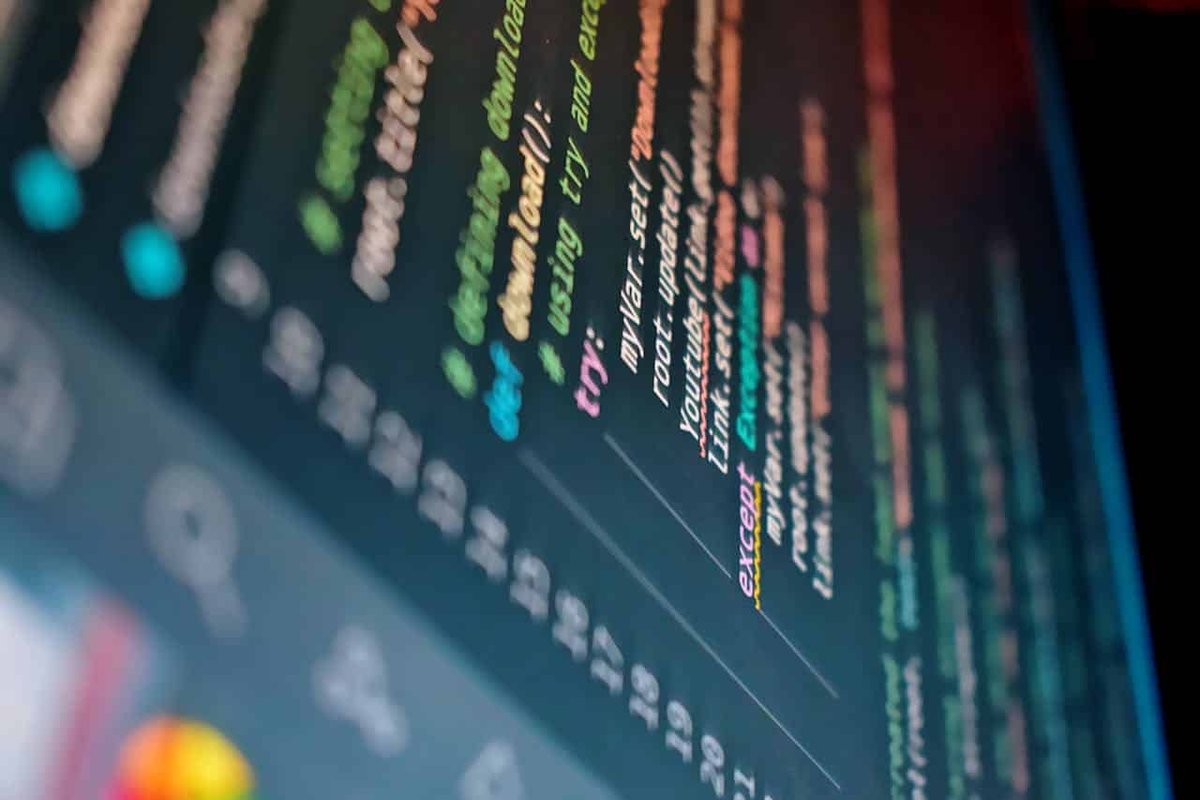Data science! A decade ago, the hype was all about how data is the new oil. But is data still living up to the hype? With organizations mining more data and artificial intelligence (AI) becoming the new norm, businesses need to rethink their strategies and relationships with data.
The increasing volume of complex data highlights the necessity of using data science tools to extract valuable insights and information from data assets. That includes utilizing different data science tools and technologies.
Data science tools become the forefront that will help organizations and businesses deal with the process of analyzing, extracting, and cleaning large amounts of structured and unstructured data. And without the right tools, all data is lost.
Best 10 Data Science Tools to Follow
This article highlights the top ten data science tools for beginners and professionals seeking to get into data science.
1. Python and R Programming
Python programming remains the standard programming language every data scientist should know. Rated among the largest data science user bases, Python has one of the largest support communities, and it is growing.
Python libraries such as Pandas make it easy to handle missing data, remove duplicate data, and clean it for data analysis.
Another library, Matplotlib, creates insightful data visualizations that enable data scientists to present data in an understandable format.
TensorFlow and PyTorch help build and deploy predictive machine learning models for classification, regression, natural language processing (NLP), and clustering.
R programming is known for statistical analysis and graphical methods. Most data scientists and statisticians use R to clean, analyze, and present data. It is an open-source, interpreted language popular in the data science field.

2. Apache Spark
Apache Spark can handle large amounts of data and is well-suited for continuous intelligence applications and real-time data streaming. It is an open-source data processing engine renowned for its large support community in the big data world.
Processes analytic queries against data of any size.
It supports R, Python, Scala, and Java to help developers select the programming language of their choice for their applications.
Runs multiple workloads: machine learning, interactive queries, graph processing, and real-time analytics.
3. Julia
Besides Python programming, Julia offers multiple advantages in terms of syntax optimization for scientific environments, mathematics, or languages Octave, Matlab, Mathematica, and R. This programming language was created specifically for data science, data mining, and complex linear algebra.
Julia is versatile, thus enabling multiple usages – abstract code that resembles mathematical formulas, machine learning tasks, general-purpose programming, statistics, and web development.
4. The Natural Language Toolkit (NLTK)
The NLTK is one of the largest Python libraries that allows data scientists to perform multiple natural language processing tasks – providing relevant responses, understanding viewpoints, and human interaction.
It is an environment to create applications applicable to NLP tasks. The NLP toolkit comprises libraries for classification, labeling, semantic reasoning, stemming, parsing, and tokenization. The NLTK is prowess in itself; however, when included with machine learning libraries like TensorFlow and Scikit-learn, the ability to build applications increases. It provides the possibility of building more sophisticated NLP applications like deep learning-based language modeling.
Key features of NLTK include:
- Syntax Analysis
- Semantic Analysis
- Morphological Processing
- Pragmatic Analysis
5. Matplotlib
Matplotlib is a Python library used to create strong visualizations. The tool’s major purpose is to provide users with the ability to visualize data easily for interpretation. It is an open-source Python library ideal for generating diverse plots, presenting data, and exploration.
The benefits of Matplotlib for data scientists include:
- It is easy to navigate and is ideal for beginners and advanced developers.
- The data visualization abilities can be used in multiple forms, like web application servers, Python scripts, and Jupyter notebooks.
- It is open-source and free to use.
- Its easy integration with NumPy makes it seamless for plotting data arrays.
6. TensorFlow
TensorFlow is an open-source package and framework ideal for machine learning and deep learning. It was developed by the Google Brain team in 2015 and is based on Python programming. This framework trains deep neural networks for NLP tasks, image detection, video detection, word embedding, and more.
- Supports data in the shape of tensors.
- The concept of data flow with nodes and edges eases the implementation method, i.e., in tables and graphs.
- Free graph visualization with an interactive and web-based interface.
- Compatible with multiple devices, providing access from anywhere.

7. Scikit-learn
Scikit-learn is a Python library that provides users with supervised and unsupervised learning algorithms. It is touted as the most important library for machine learning in Python. The machine learning tools offered by Scikit-learn include regression, classification, dimensionality reduction, and clustering.
Scikit-learn key features:
- Data preprocessing tools
- Dimensionality reduction techniques
- Classification, regression, and clustering algorithms
- Model selection and evaluation utilities
Its seamless integration with Python libraries like SciPy, NumPy, and Matplotlib makes it a fundamental tool for applying machine learning techniques.
8. D3.js
D3.js is an open-source JavaScript library used for data visualization. This framework supports web standards – HTML, CSS, SVG, and is accessible by everyone. It is not a charting library, and thus, the concept of “charts” is not available.
To visualize data with D3, users need to compose multiple primitives.
- Time scale for a horizontal position (x)
- Linear scale for vertical position (y)
- CSV parser for loading data
- Axes to document position encoding
- Selections to create SVG elements
- Stack layout to arrange values
9. Keras
As a data scientist, you need to apply Keras to build and train neural networks. Keras is a framework used for research and development purposes within deep learning. Google developed Keras for easy implementation of neural networks.
This framework is written in Python, thus making it user-friendly for all developers. It is beginner-friendly and allows easy switching between different back-ends. MXNet, Theano, PlaidML, and TensorFlow are some of the frameworks that Keras supports.
Key benefits:
- Cross-Platform Compatibility
- Scalability and Performance
- Extensibility and Customizability
- Quick Implementation
10. Pandas
Pandas, a Python library, is one of the most important toolkits for data analysis. The basic Pandas functions a data scientist needs to know include read_csv(), head(), describe(), memory_usage(), astype(), loc[:], to_datetime(), value_counts(), and more.
- Analyze big data and clean really messy data.
- Transform data and make it relevant and readable.
- Delete irrelevant rows that contain wrong values (empty and NULL values).
What other data science tools do you think a data scientist needs to master?
Related: What Is Spooling in Cybersecurity? Types, Examples, and More
Related: How To Become a Database Developer: Step-By-Step Guide



